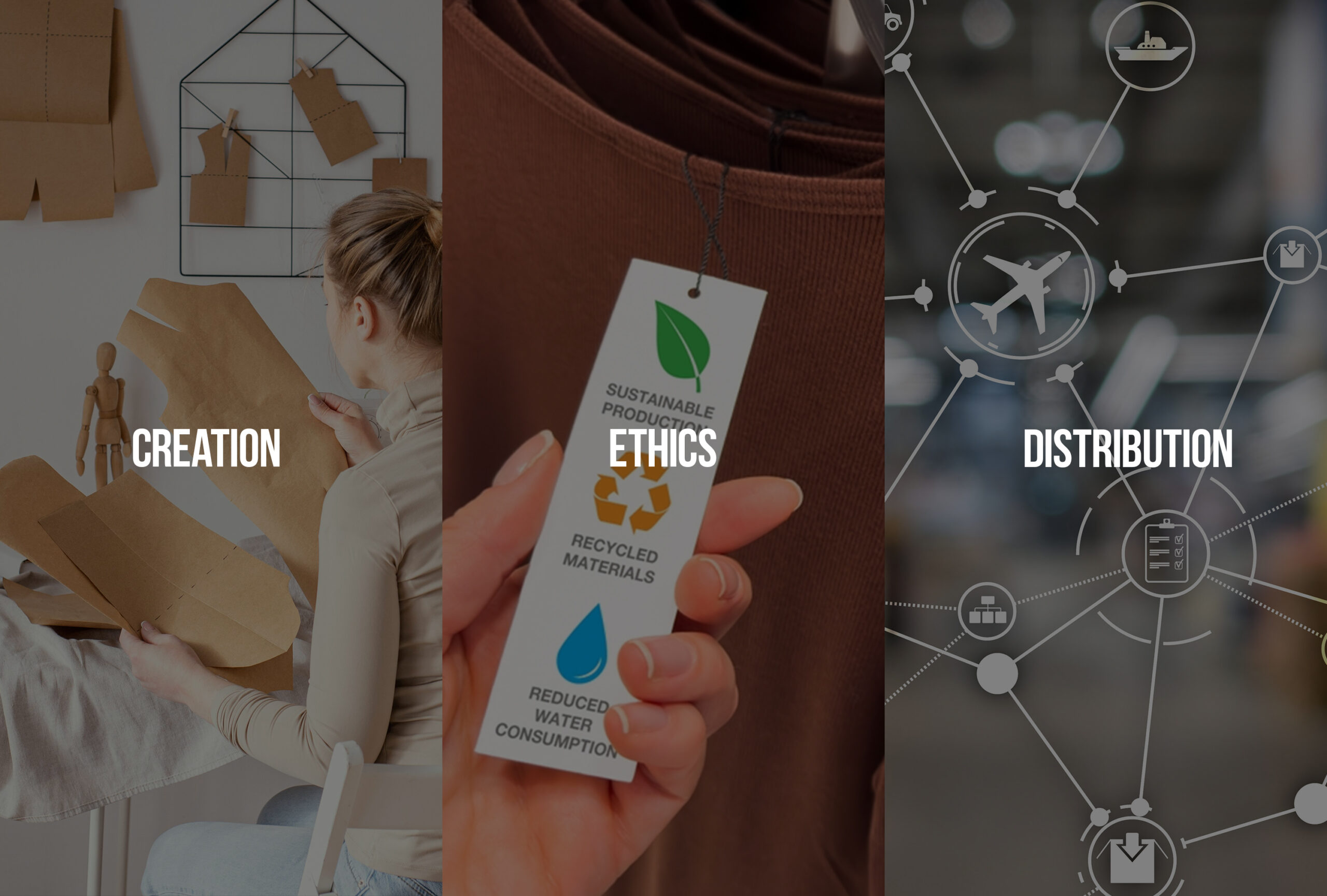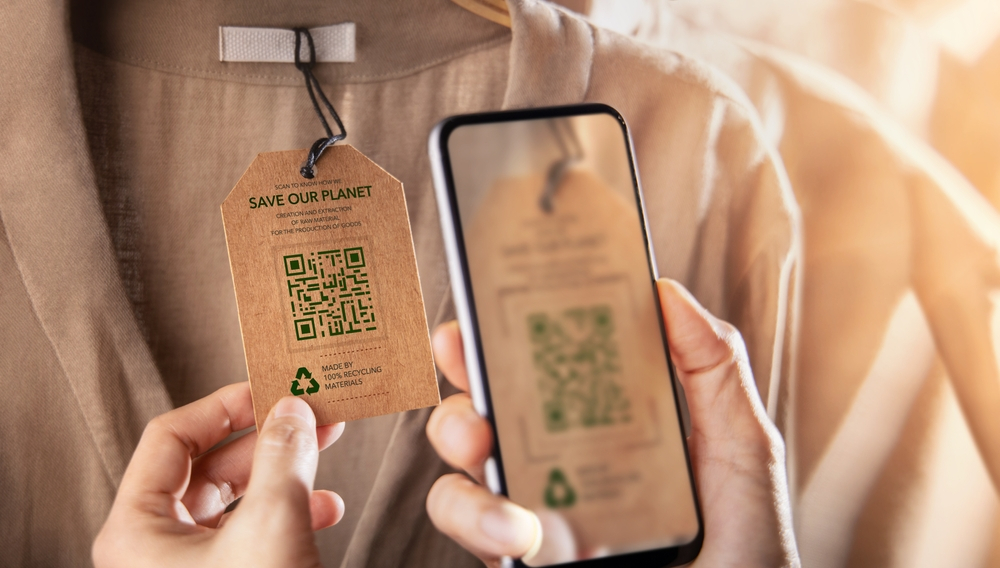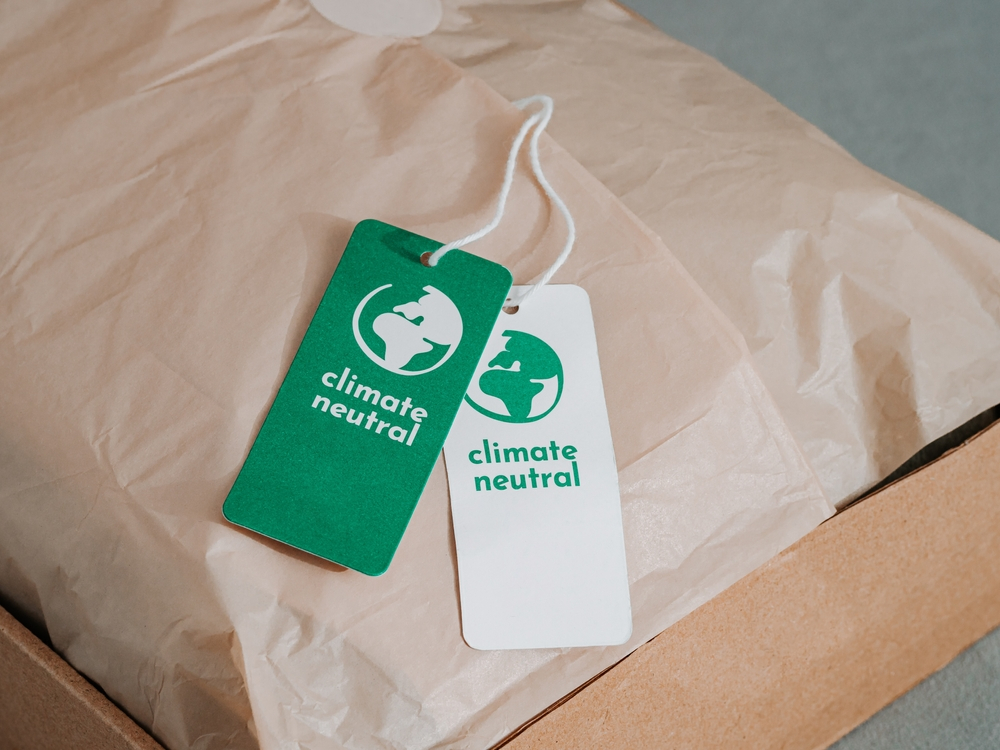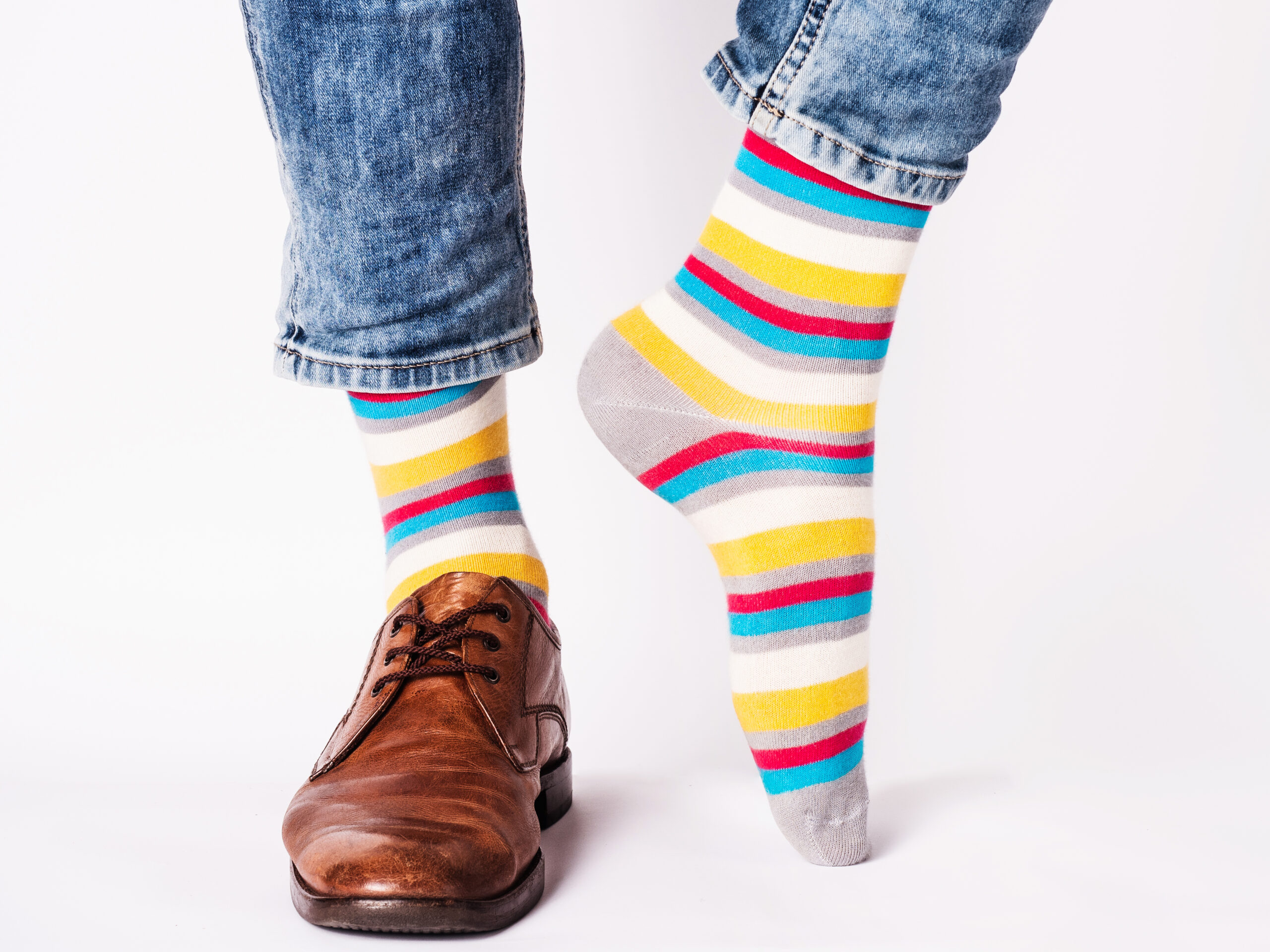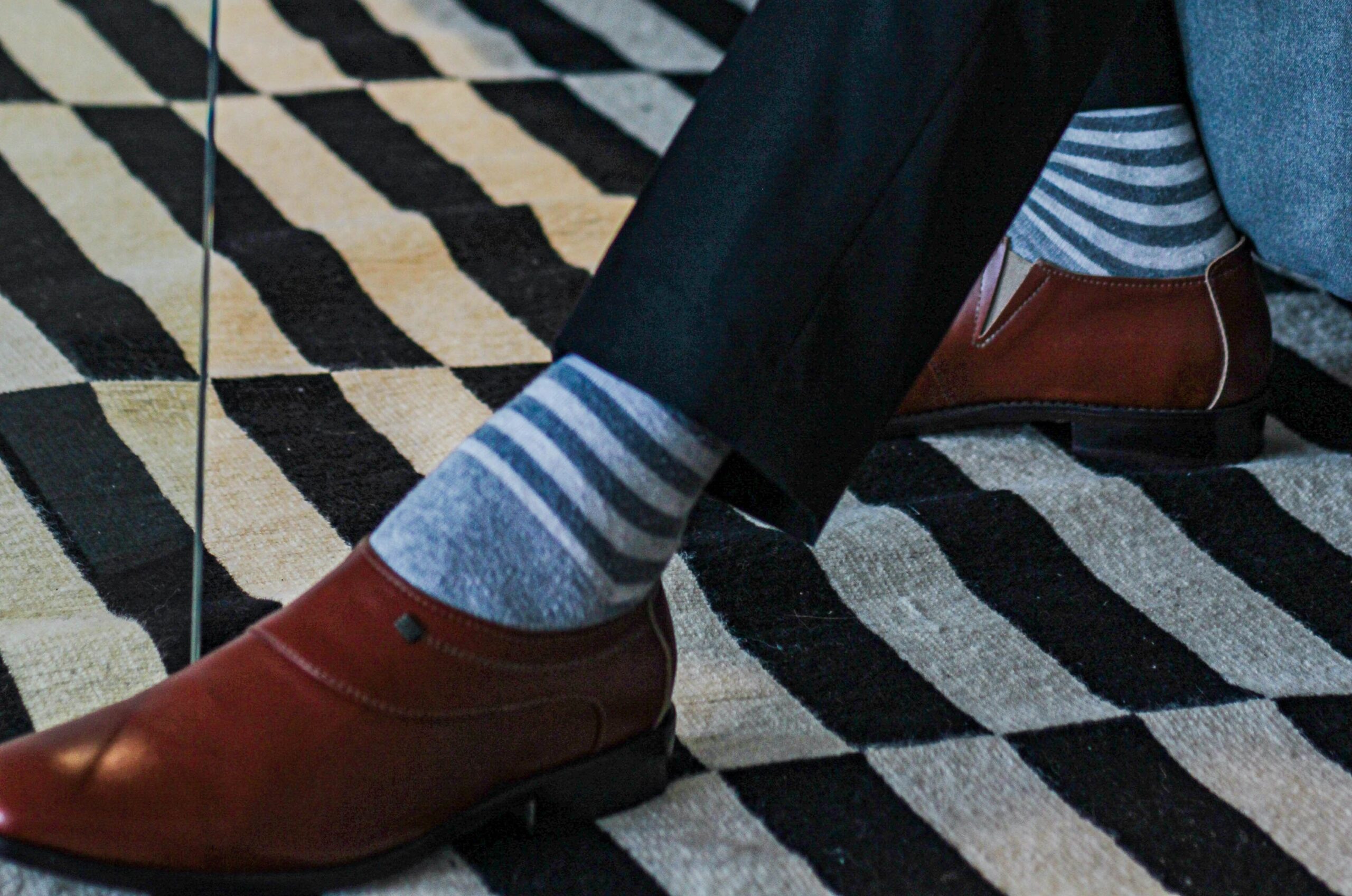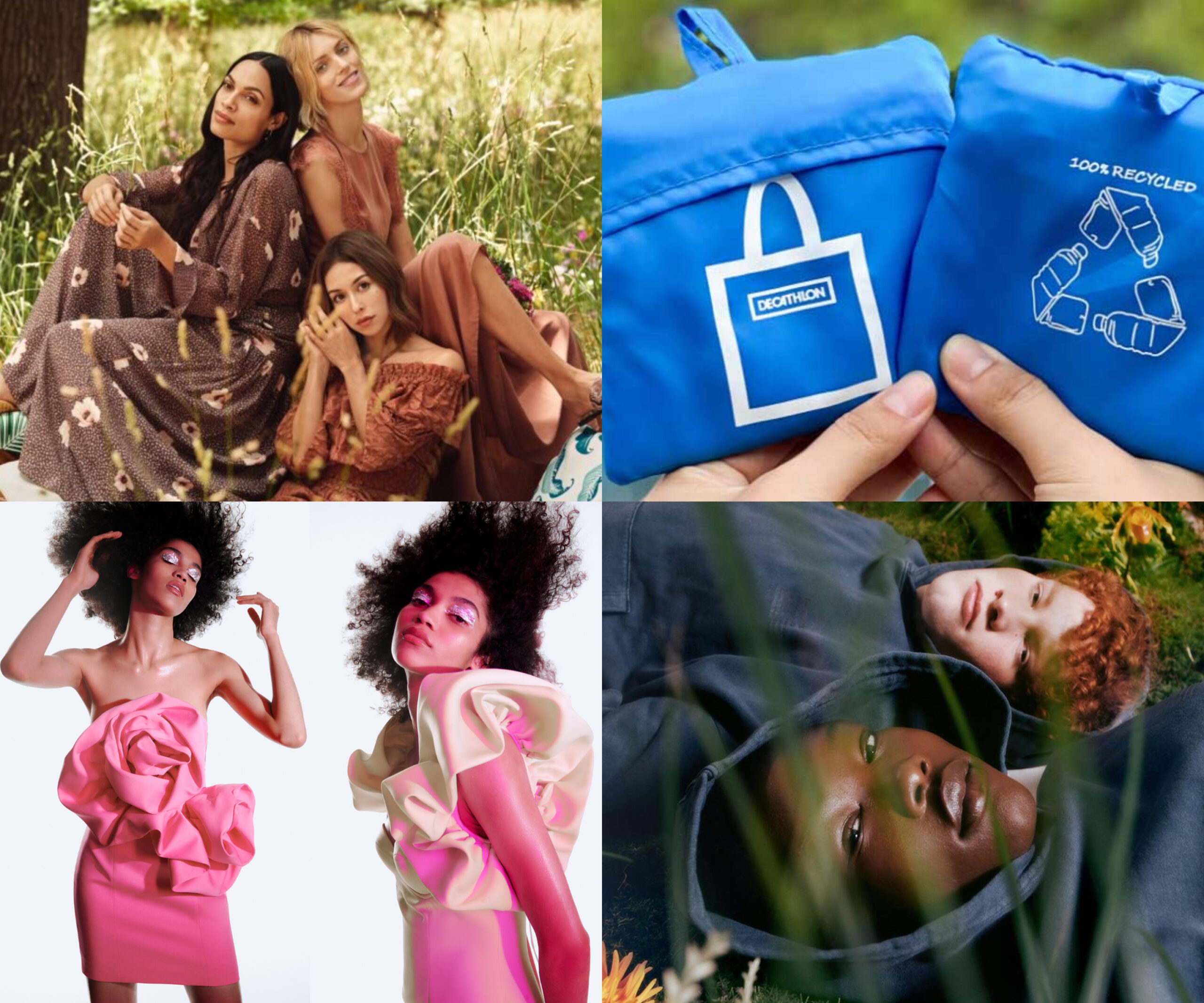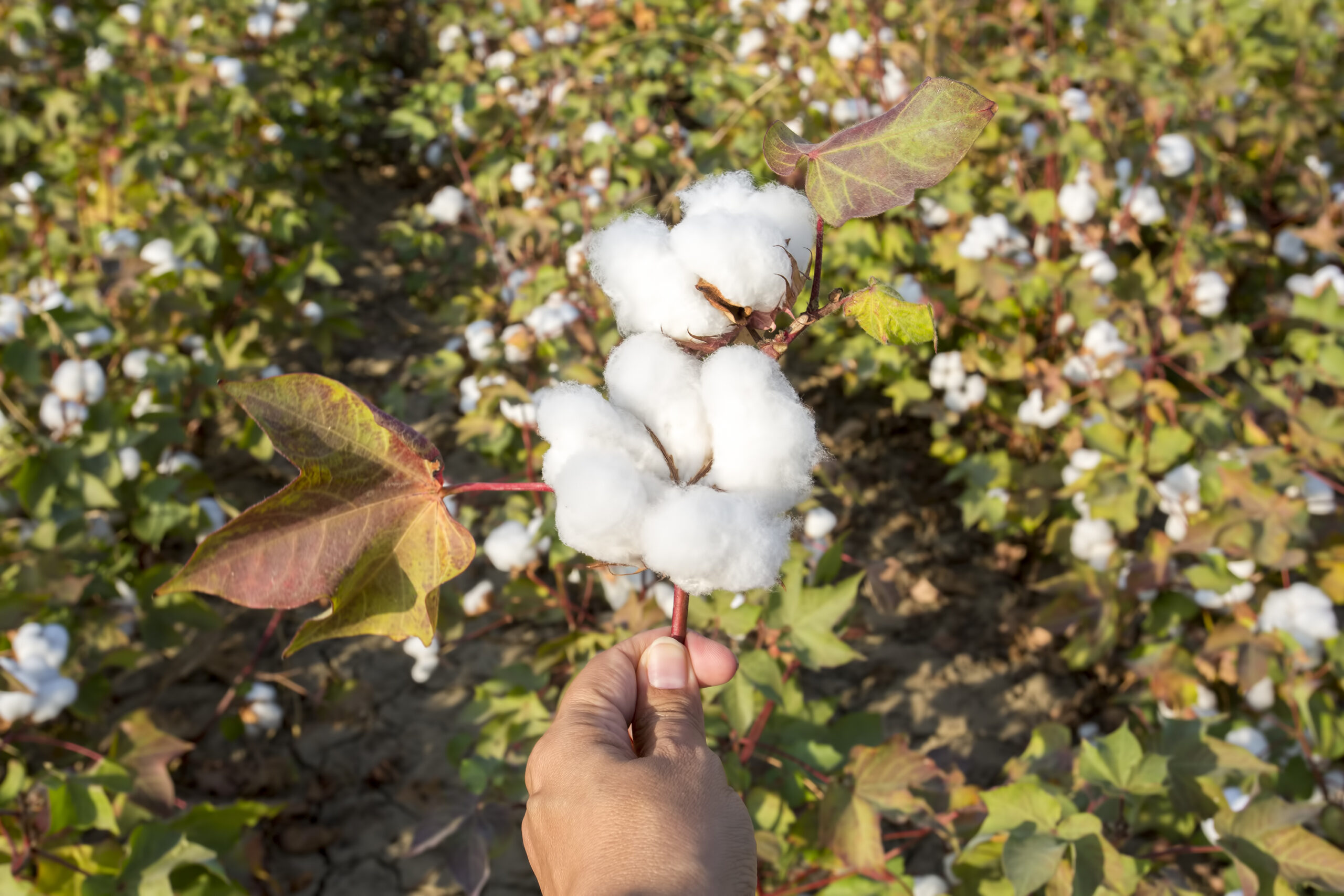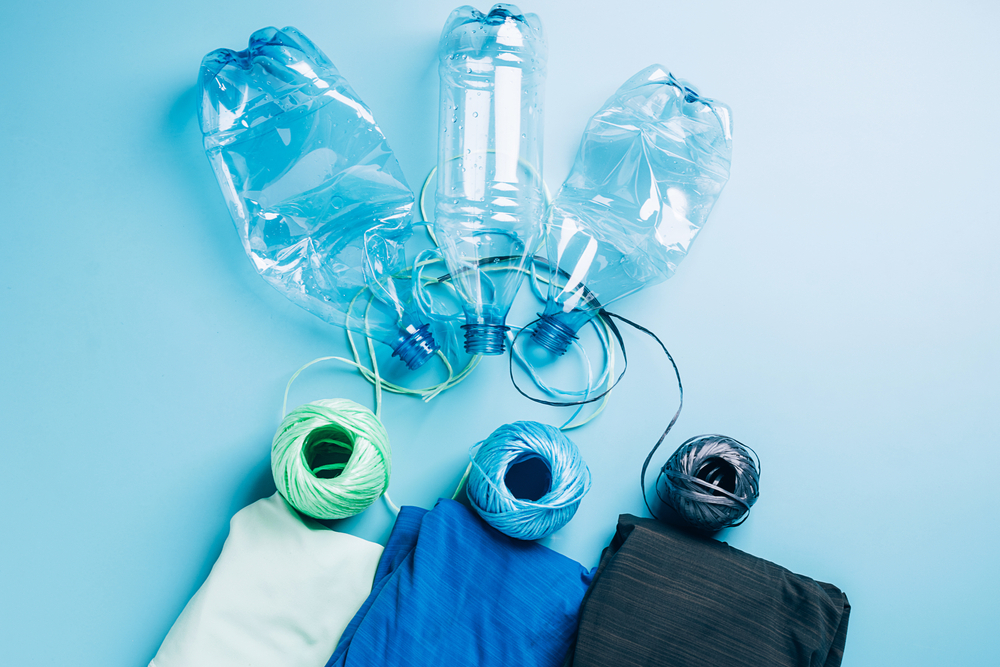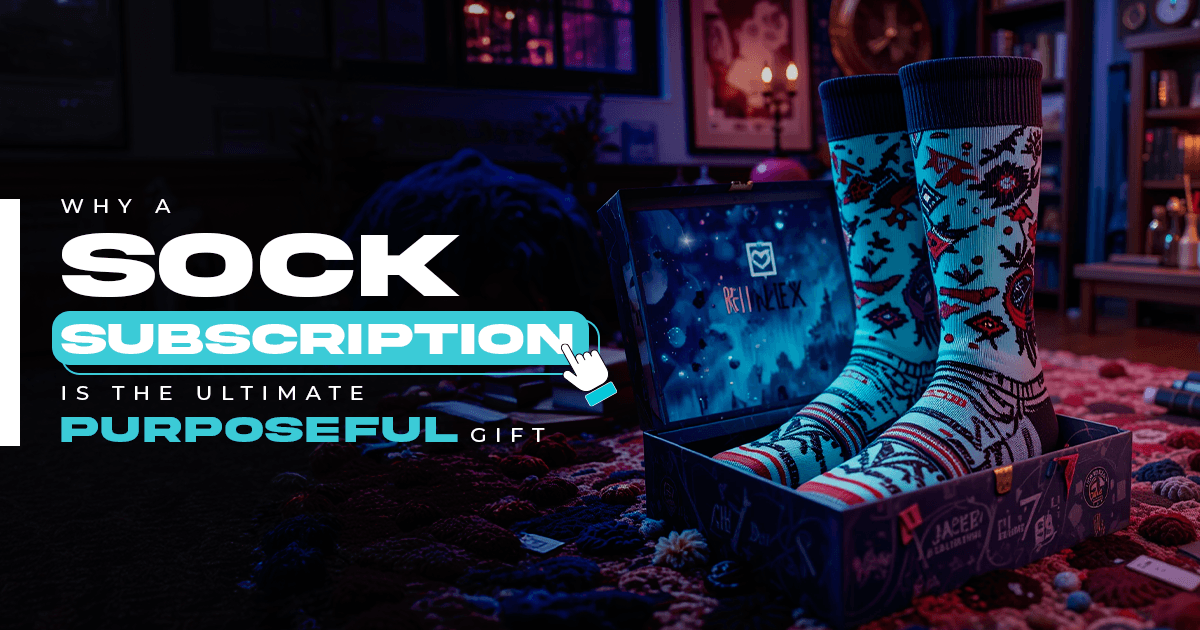What comes to your mind when you think of the word “sustainability”? Certainly not fashion, going by the reputation it has garnered. A basic overview of sustainability comprises environmentally friendly, ethically curated, and compliant produce.
Fashion gets a bad rep in this area. Let us see why!
Why does Fashion have such an Unsustainable Style
In sustainability terms, the fashion industry can be divided into 3 processes:
- Creation:
The process of procurement, production, and packaging is where the most waste is created. The fashion industry is notorious for leaving behind lots of by-products that simply end up in the trash. Moreover, cultivating cotton (the most used product in the textile space) requires water. On the other hand, the use of synthetic fibres such as polyester creates biodegradability problems. Even today, 98% of the fashion industry is itemised by the use of polyester and cotton blends! Creating clothes which are based on only natural fibres like hemp, jute, and cotton has become more expensive and requires more work.
- Operation:
This is where we look at the ethical aspects –compliance with the law, labour, work policies, impact on communities disturbed or displaced, energy costs, how are you sourcing the electricity, water that goes into the making, and more. Here again, the fashion industry doesn’t fare well as cultivators and workers alike often complain of long work hours and meagre wages.
- Distribution:
Once the product is made and ready to be transported, this part comes into the picture. Shipping, delivery, customer satisfaction, availability, and accessibility are all key criteria. Being a large industry, the fashion industry has figured out a way to have multiple channels while also maintaining profitability. However, vendor conditions and consumer satisfaction are two points where sustainability is being questioned ever since fashion has gone online.
But, fashion is trying to become sustainable. Why? Read on!
Fashion’s Journey with Sustainability so far
We see some of the first sustainable fashion brands emerge in the 1970s. Notably, Patagonia. Patagonia is among the most trusted brand of all time. A pioneer in sustainable fashion, Patagonia sources all its clothes organically, even recycles their waste, and is committed to serving ethnically marginal groups. When one looks at the case study of Patagonia, we realise that delivering on customer’s expectations and retaining transparency in your processes is how you remain a success.
In the 90s, more brands started incorporating transparency in their reports. Prior to the late 90s, companies did not believe in supply chain transparency and information such as vendor and supplier details were considered sensitive. It is when a group of students, United Students Against Sweatshops (USAS) petitioned against it across universities around America that change began. They demanded that all collegiate sports costumes should come with a disclosure and brands operating in the space would have to comply. Nike and Adidas pioneered this as they labelled names and addresses of the factories they were associated with in the US. They earlier restricted this policy to only collegiate franchise, however, in 2005, they extended it to all their products. In the last 10 years, more brands such as Levi Strauss have begun sharing supply chain reports.
This is also where a turning point happens – the Rana Plaza collapse. A garment building in Dhaka, Bangladesh collapsed on 23rd April in 2013, killing over 1100 workers. The building had been made using subpar ingredients to save costs, and the cost was ultimately paid by 3,300+ people, with injuries, fatalities, and tragedy.
Protests erupted around Bangladesh demanding justice for the victims. Many victims came out with permanent injuries and personal stories of what it was like to work in a third world sweatshop.
Rana Plaza’s collapse shook the fashion world and the world as a whole. For a year to come, protests erupted everywhere. In Brussels, on the first anniversary of the Rana Plaza catastrophe, AchACT rolled a giant ball made of clothes down the Rue Neuve, the fashion street of the city. The ball rolled by various high-fashion brands and their stores as the protestors chanted, “Rana Plaza, never again”.
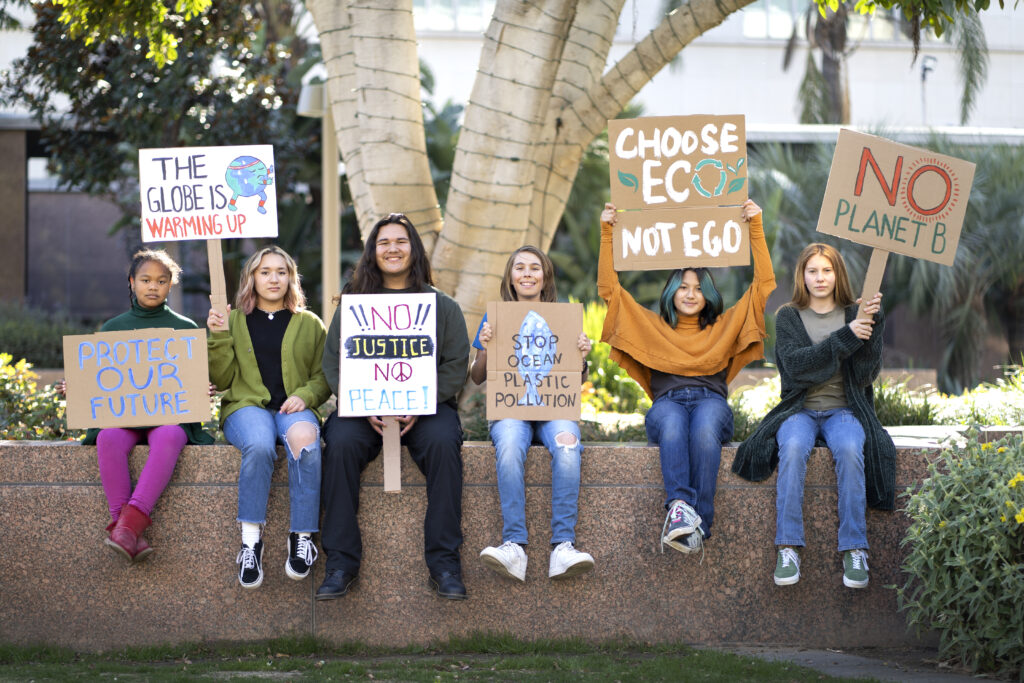
AchACT actively petitions and campaigns to improve workers’ conditions. Watching the plight of a million labourers suffer in Bangladesh put the fashion industry on their radar.
This led to the European Union strengthening their laws on outsourced manufacturing, workers’ rights, union rights, fashion chain regulation, and most importantly, it held them accountable.
Several labour rights and human rights organisations came into existence, which together demanded transparency in fashion supply. A coalition between 9 such labour rights and human rights organisations was successful at convincing over 70 brands to become a part of the transparency pledge, in 2016. Companies were required to publish names and other details of vendors and businesses associated with the process from procurement to packaging. These were called tier-1 factories, and in the next 2 years, more businesses added to the list of companies publicly disclosing their details.
Alongside these changes, organisations like Fashion for good and textile exchange sprang up. These were directly caused by consumers who wouldn’t settle for fashion that isn’t well for the planet.
Consumers continue to wage wars and voice out valid points against fashion industries’ old nefarious methods. In August 2019, the London Fashion Week saw a massive rally and resistance demanding its shut down. A group of climate change activists, Extinction Rebellion, and fashion lovers alike joined the movement.
These incidents caused significant disruptions in the fashion industry, leading to consumer uproar and eventual victories.
Now the question arises how we as consumers can play a part. Let’s look into it.
How can we be more conscious customers?
Research conducted by the McKinsey Group showed that 70% of the surveyed people were okay with paying higher prices for sustainable products. In the fashion cohort, we find similar numbers as 73% of the surveyed consumers wish for more products that use renewable or recyclable ingredients, and 70% want clothes that last longer so as to avoid waste.
Moreover, a study conducted in 2021 showed that in Gen Z, the future decision makers, every 1 in 5 people wants to only purchase organically and ethically made fashion.
A keenness from the consumer’s end is very much visible. However, it has to translate into action, and here’s how it can!
Becoming vigilant and better-informed customers is the way to go. We have many instances of customers protesting and making the greenwashers more answerable, so much so that they were fined in a court of law and some had to entirely recalibrate their marketing as well as merchandising. Some collections had to be pulled off entirely. The consumer is powerful, and we, as customers, can look out for the following things to push the sustainability cause ahead.
- Starts with research:
The more we have this conversation, the better it becomes. When you see the brand you like, it’s a good idea to revisit it in detail, i.e., look for certifications and actual initiatives that are beyond the papers. Some examples of globally recognized certificates for sustainable businesses include GOTS, Better Cotton Initiative Certified B-Corp, and Fair Trade. These are just a few examples. This is a rabbit hole you wanna go deep in!
2. Squint on the ingredients:
If they put the wrong information on the label, they know they will be in deep waters. So, they don’t! Look for the ingredients on the label – the raw materials in this case. They will tell you exactly what the marketing is trying to hide.
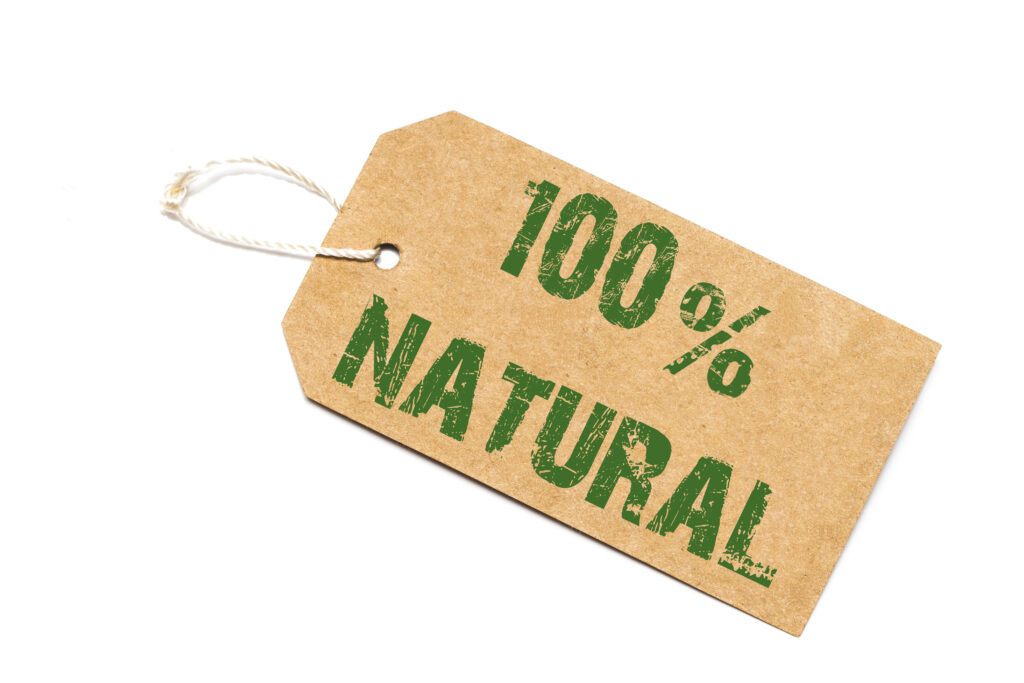
3. How’s the work culture?
It isn’t enough to priorities the planet, when the people on it are the planet too. A company that is sustainable values the human asset most. Read about their work environment, grievances, compliances, and how they have reached resolutions. Ethical manufacturing policies with ethnical soundness and respect is valuable.
4. Costing: In commercial terms, sustainability can be a bit of a pinch to our budgets, however, that is more viable in the longer term, and if possible, it’s a cost we should incur for the people and the planet. But, if a sustainable brand is able to provide you the costs that most general audience catering brands do, it’s a good time to ask: HOW! They are probably taking shortcuts that no sustainable brand should.
5. Don’t discard small businesses: Many businesses around the globe are trying to make it through sustainably, and for them to be able to make this a sustainable world, we have to prioritise them.
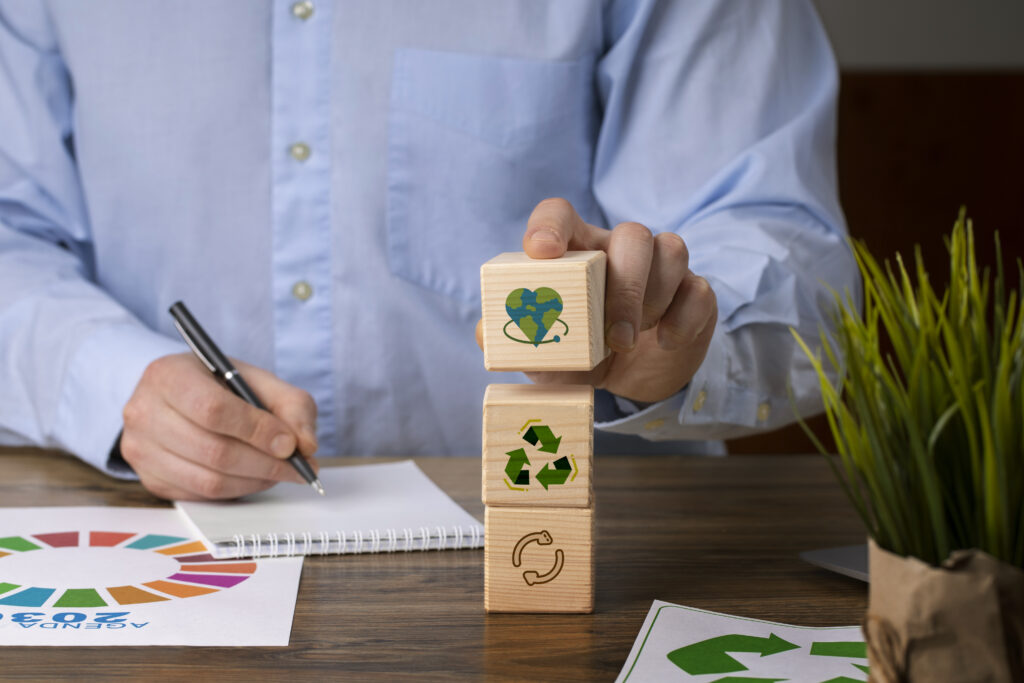
Conclusion
The customer is now truly a consumer, and he is the king of the market as well. Our voices can make an impact and save the day today.
Sustainability should not just be limited to a keyword that looks good in corporate reports and presentations, but, an actual metric we hold businesses responsible for.

